When you're on the road in your RV, having a fully functional battery system is crucial. A common issue that many RV owners face is their battery not charging correctly. This can be frustrating and potentially ruin your travel plans.

Understanding Your RV Battery System
Before diving into troubleshooting, it's important to understand that most RVs have two types of batteries: a starter battery for the engine and one or more house batteries for running interior lights, appliances, and other electrical needs. These batteries can be lead-acid, AGM, or lithium, depending on the setup.
Common Causes of Charging Issues
-
Faulty Alternator
- Symptoms: Battery doesn’t charge while driving.
- Solution: Check the alternator’s output with a voltmeter. It should be around 13.5 to 14.5 volts when the engine is running. If it’s lower, the alternator may need to be repaired or replaced.
-
Bad Battery
- Symptoms: Battery doesn’t hold a charge, or voltage drastically drops under load.
- Solution: Test the battery with a hydrometer or a load tester. Replace the battery if it fails the test.
-
Poor Electrical Connections
- Symptoms: Intermittent charging issues.
- Solution: Inspect all connections for corrosion or looseness. Clean and tighten connections as needed.
-
Tripped Circuit Breaker or Blown Fuse
- Symptoms: Sudden loss of charging capability.
- Solution: Check your RV’s circuit breaker and fuses. Reset the breaker or replace any blown fuses.
-
Faulty Converter
- Symptoms: Battery doesn’t charge when plugged into an external power source.
- Solution: Use a voltmeter to check the output at the converter. If the voltage is insufficient, the converter might need replacing.
-
Solar Panel Issues (if applicable)
- Symptoms: Inadequate charging despite good sunlight.
- Solution: Check for dirty or shaded panels, faulty wiring, or a malfunctioning charge controller.
Step-by-Step Troubleshooting
-
Check the Battery State: Begin by ensuring that the battery itself is in good condition. Measure the voltage with a voltmeter. A fully charged battery should read about 12.6 volts or more.
-
Inspect Electrical Connections: Examine all connections starting from the battery terminals, extending to the alternator and converter. Ensure everything is tight and free from corrosion.
-
Test the Charging Sources:
- While Engine Running: Check the voltage output from the alternator.
- While Plugged into Shore Power: Verify the converter’s output voltage.
- Solar Power (if equipped): Ensure panels are clean and check the entire system including the charge controller.
-
Evaluate the Energy Usage: Sometimes, the issue might be with the power draw being too high for the charging source to keep up. Assess if additional appliances are overloading the system.
-
Seek Professional Help: If you’ve checked all the above and the issue persists, it may be time to consult with a professional. Electrical systems can be complex, and a certified technician can help diagnose and fix deeper issues.
Conclusion
A non-charging RV battery can disrupt your adventures, but with a bit of knowledge and some troubleshooting, you can identify and solve many common issues on your own. Regular maintenance and checks before trips can prevent many of these problems from occurring in the first place. Safe travels and happy RVing!
Continue Reading:

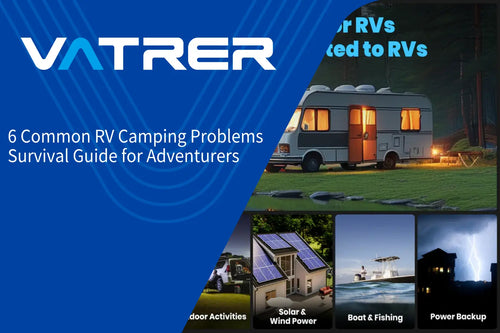
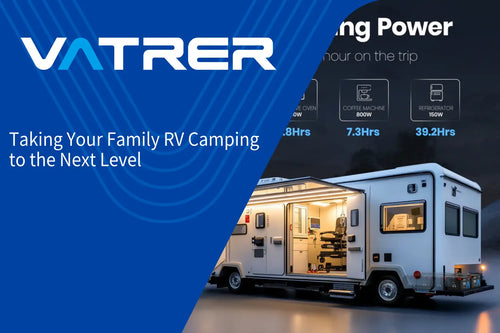




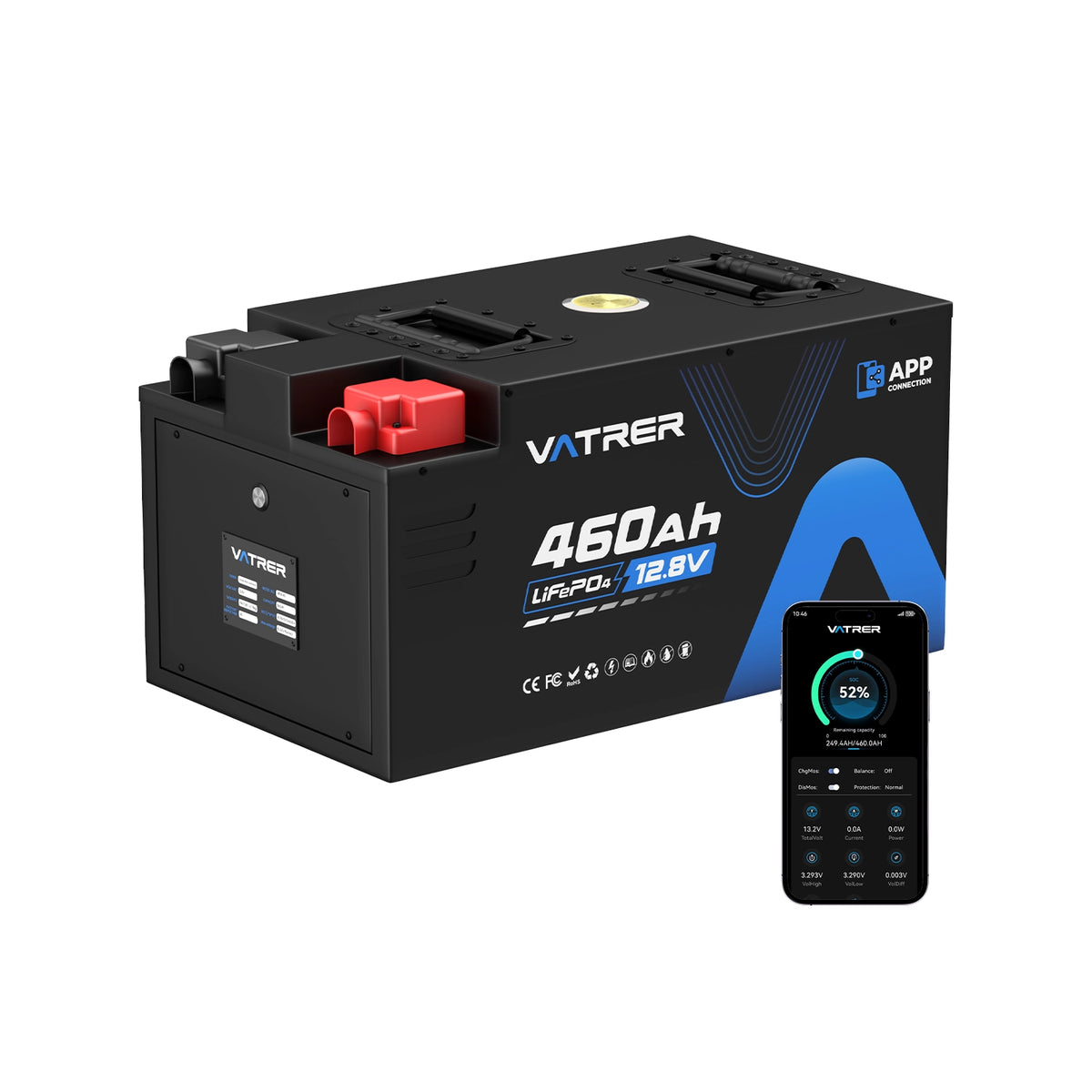
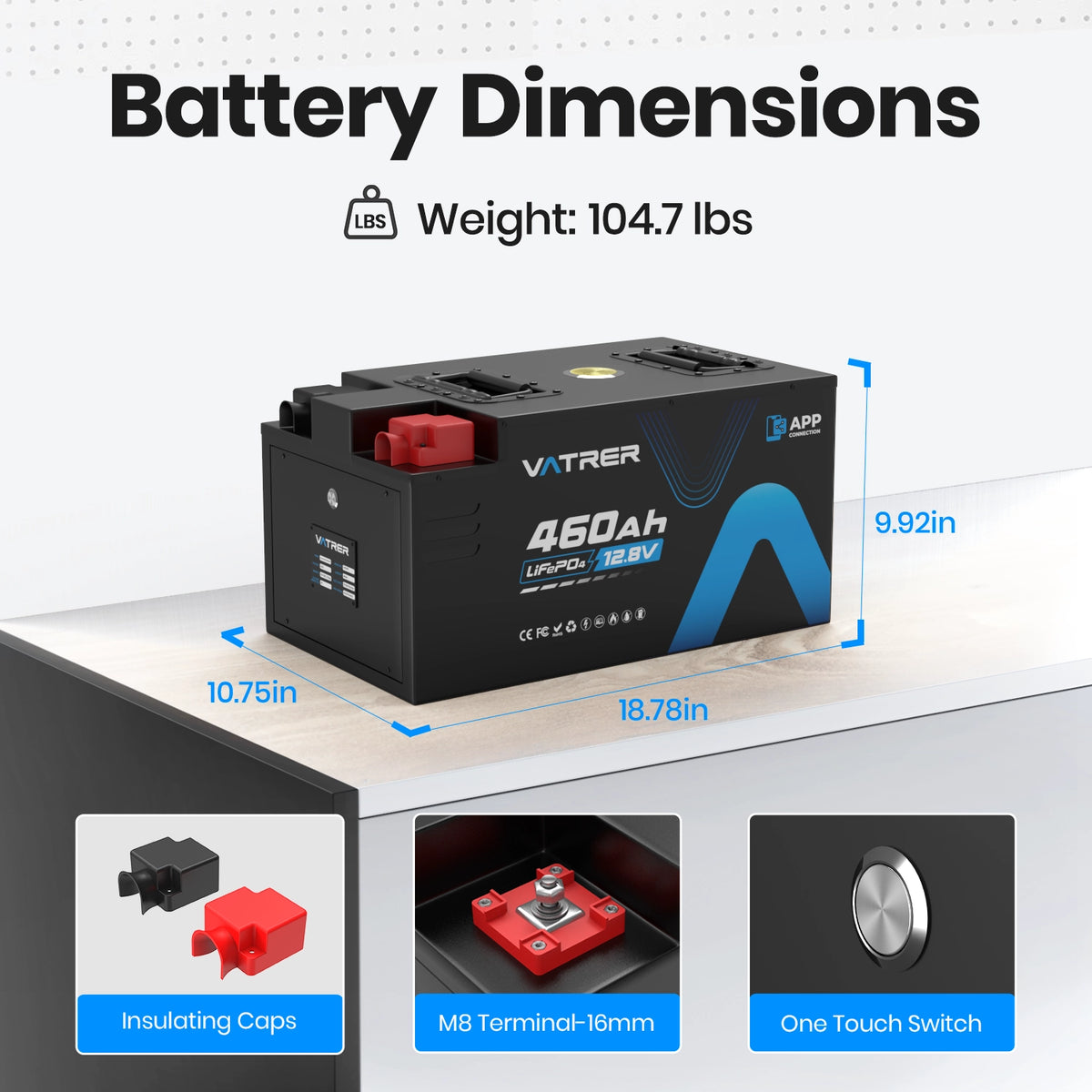
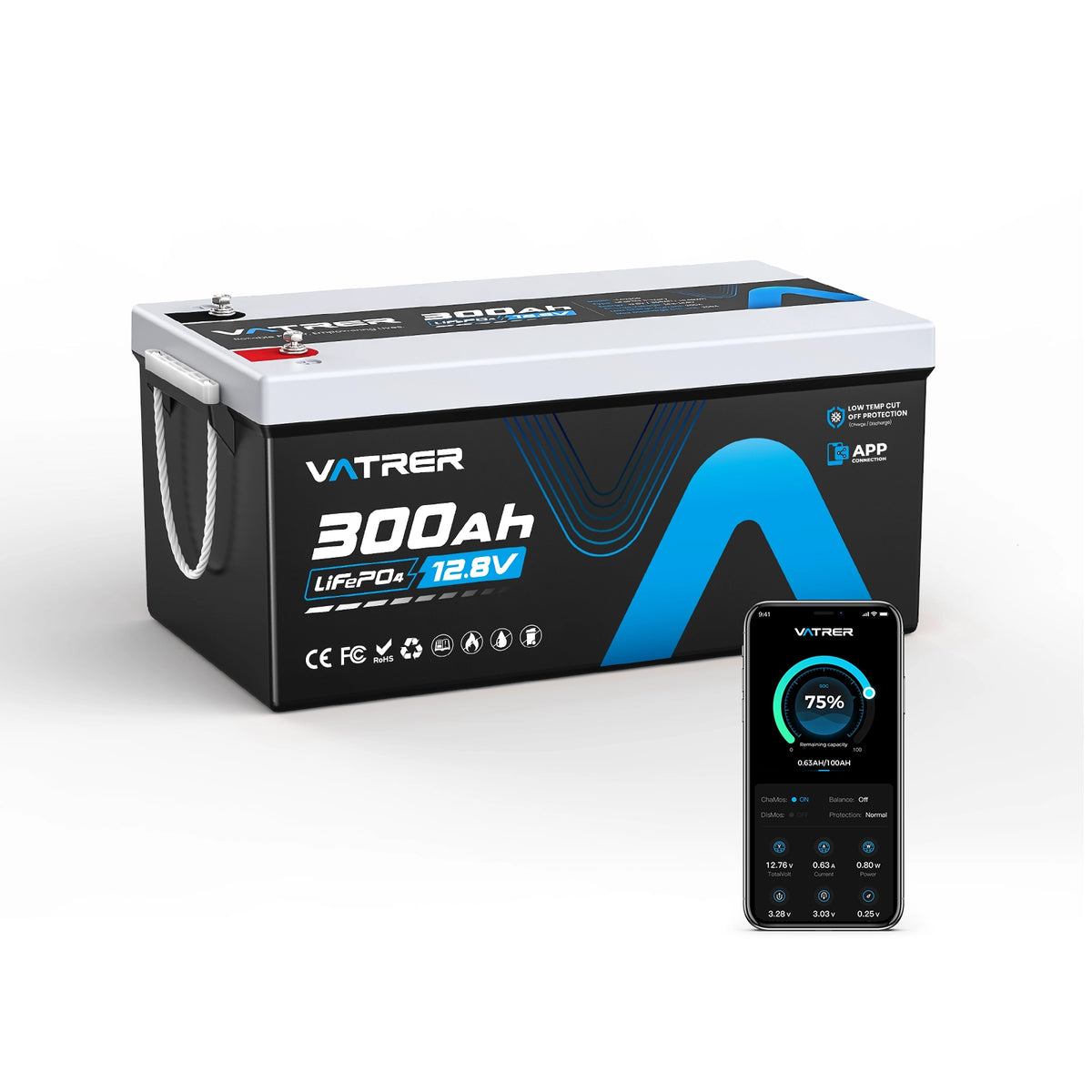

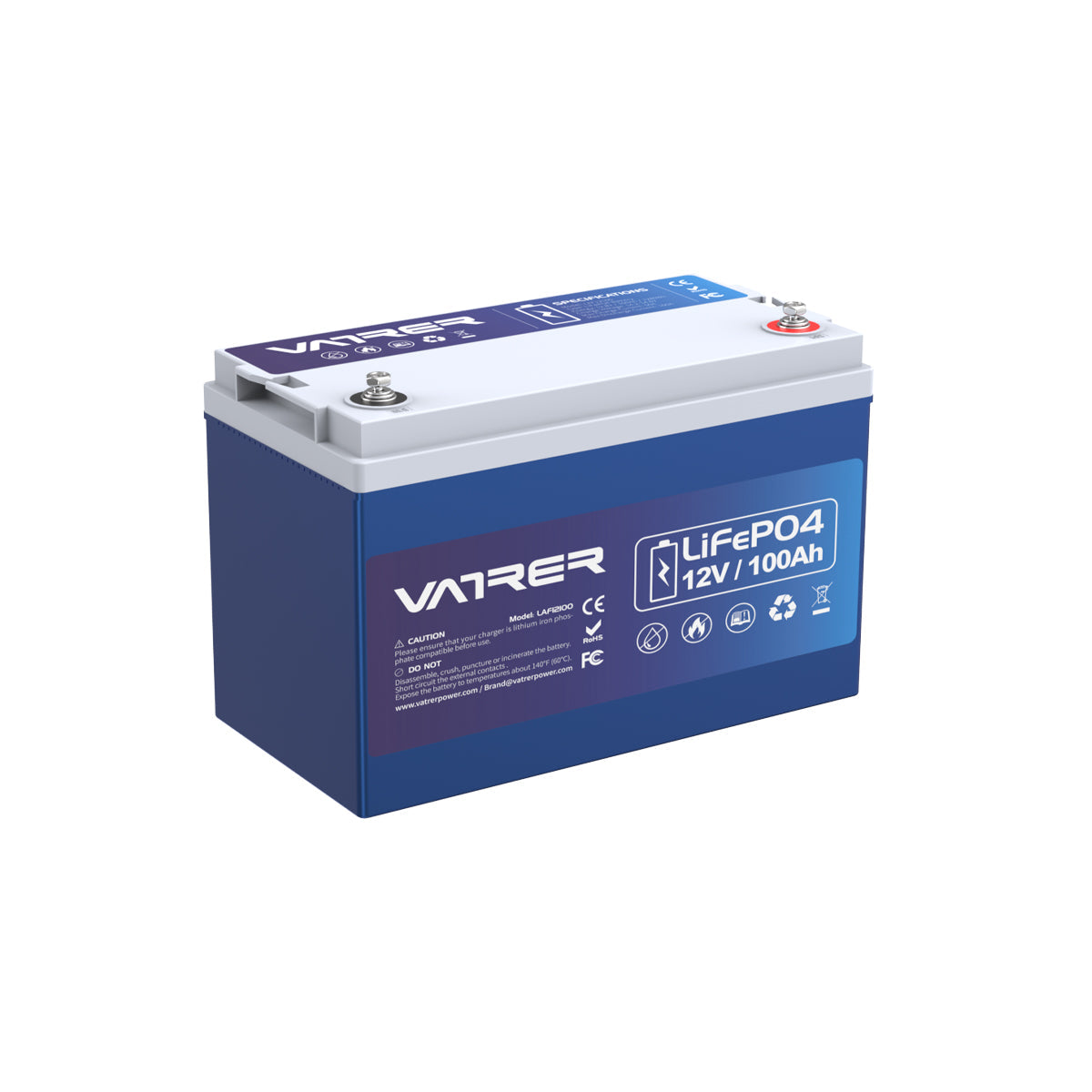
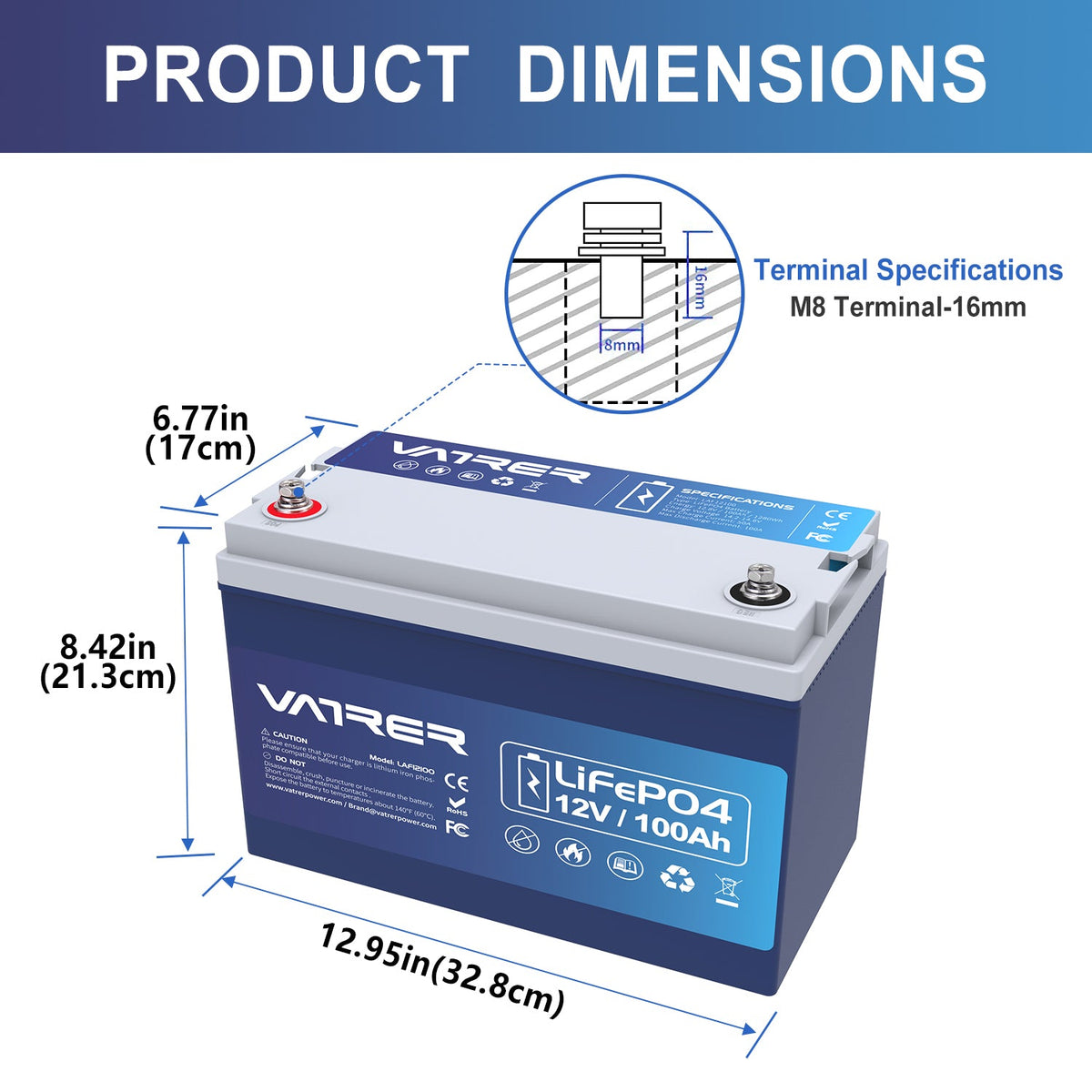
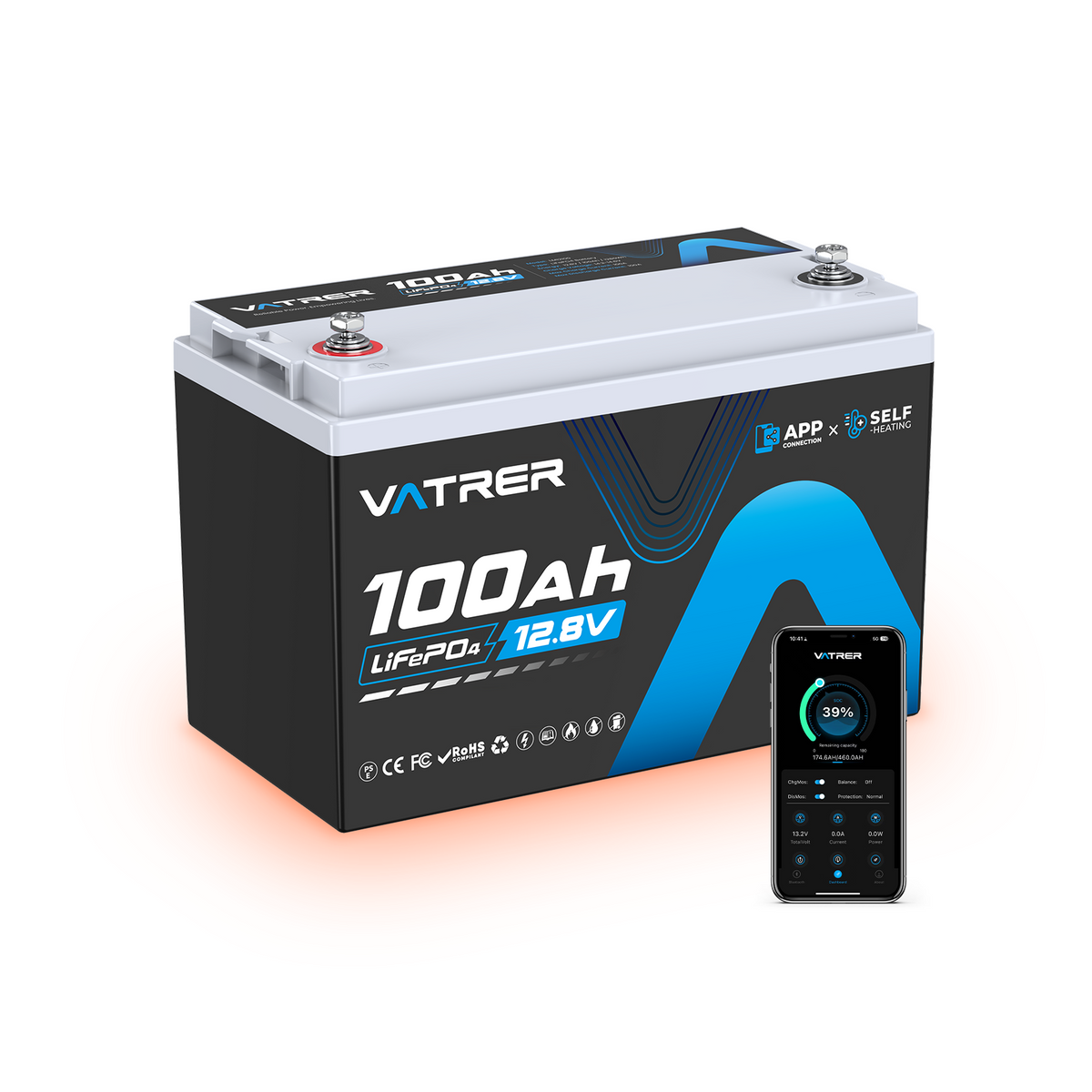
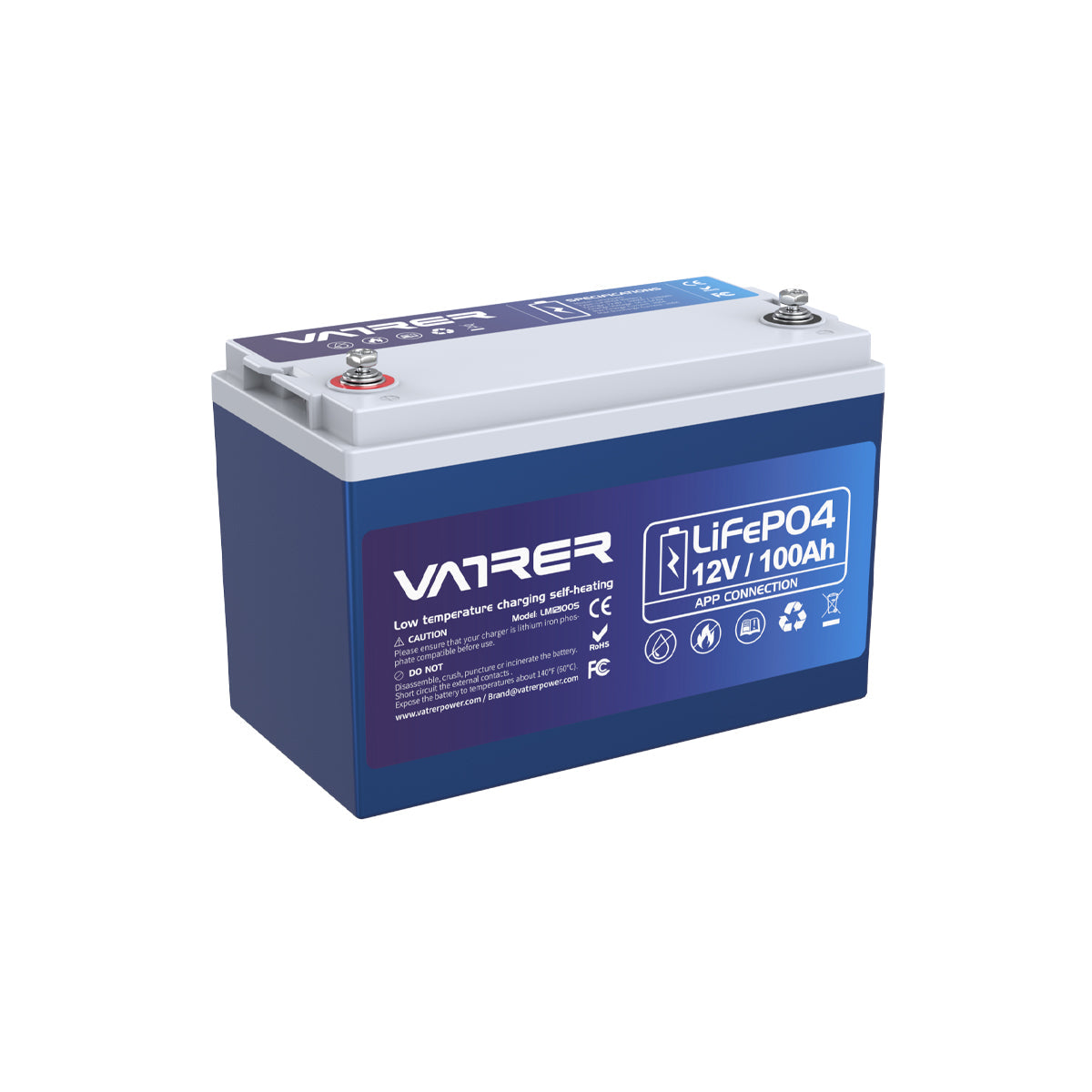
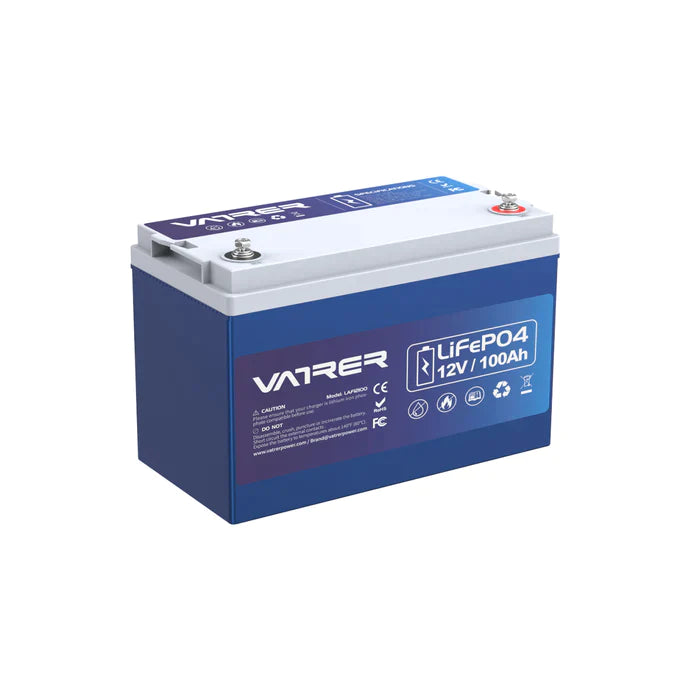
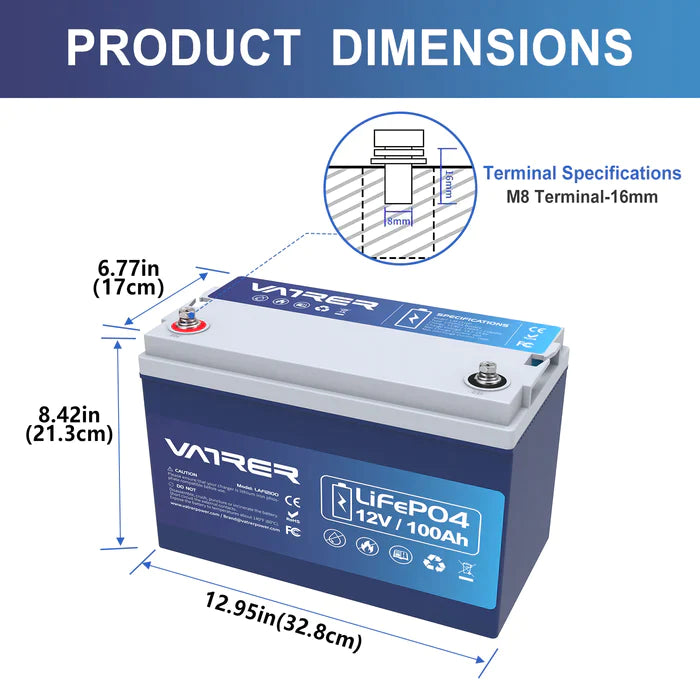
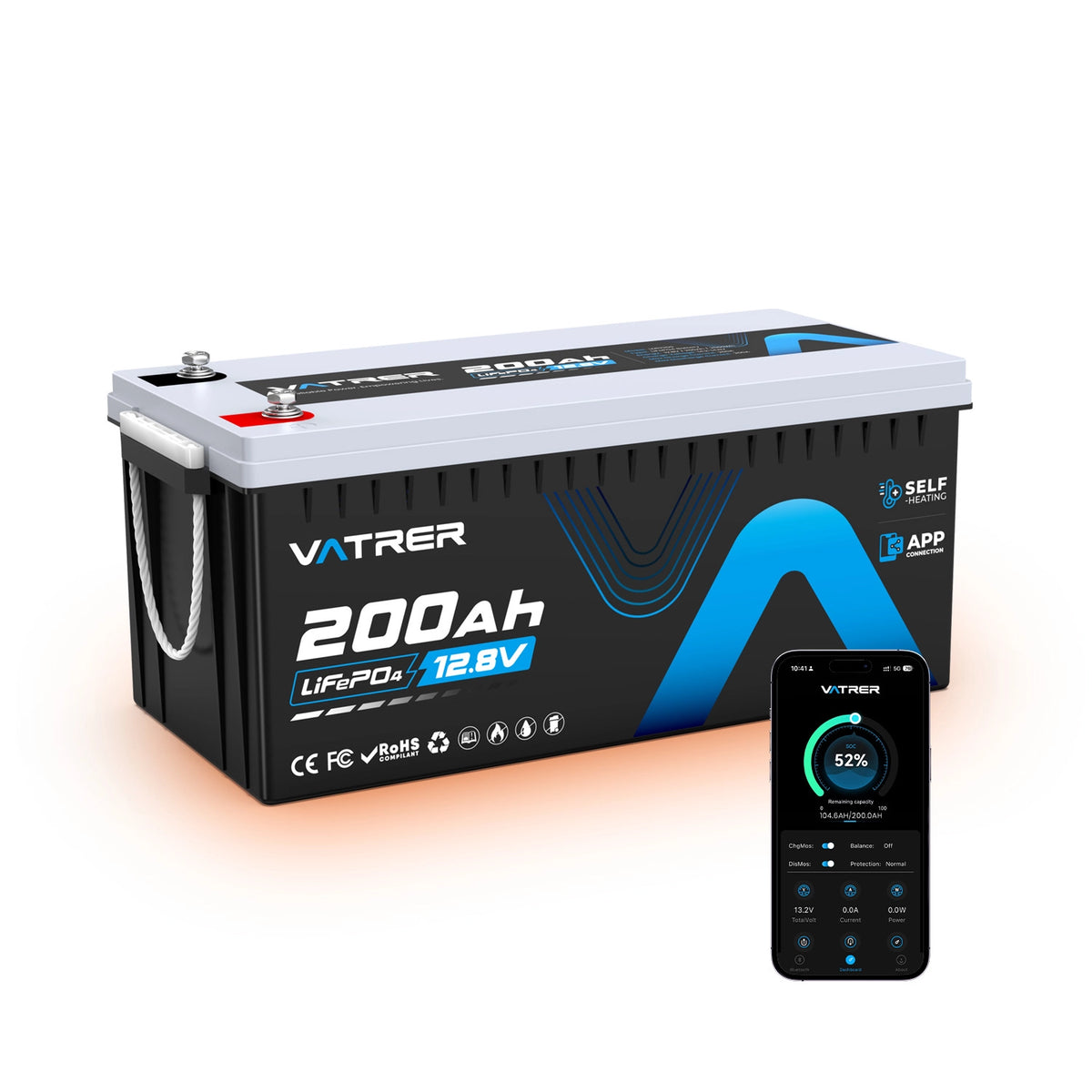

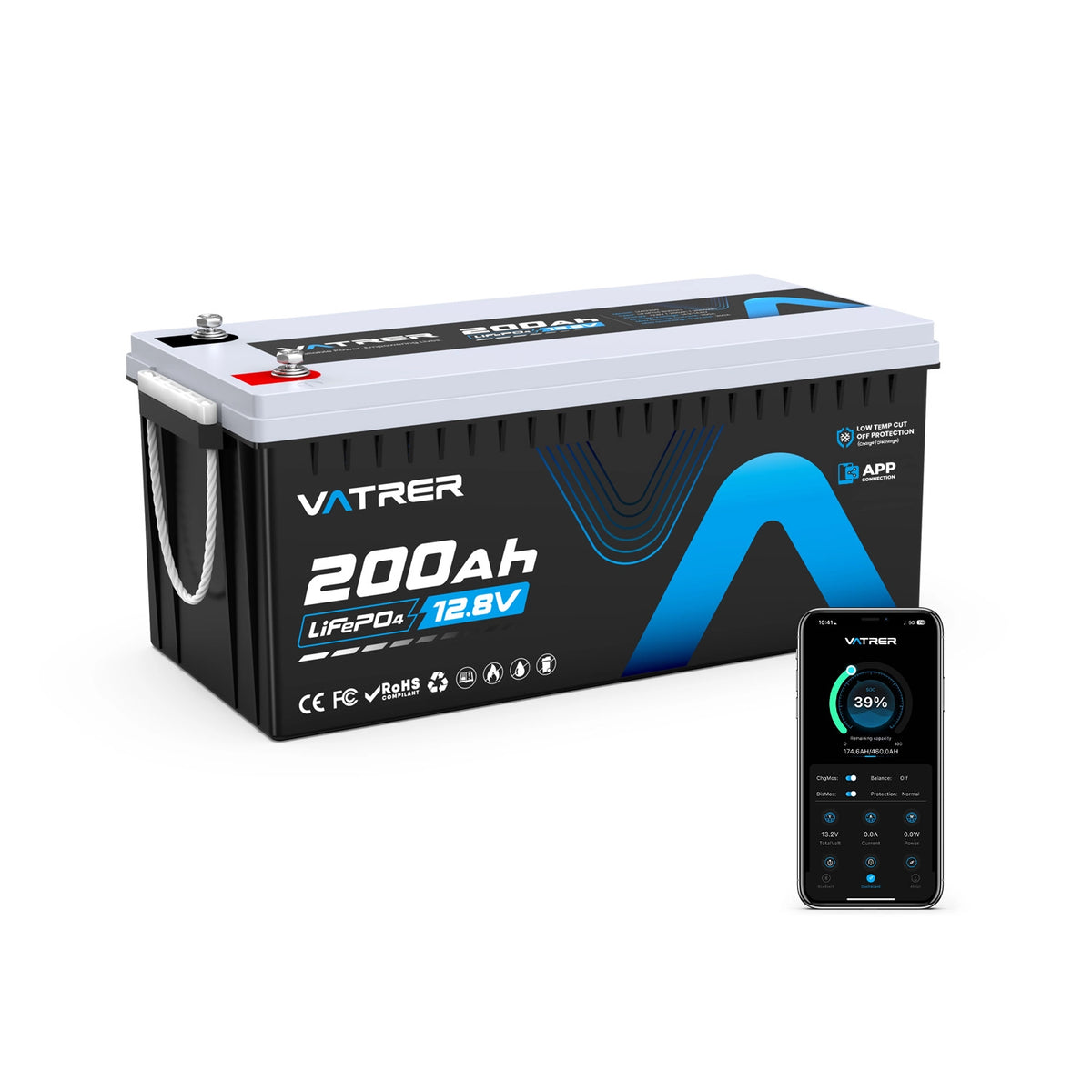

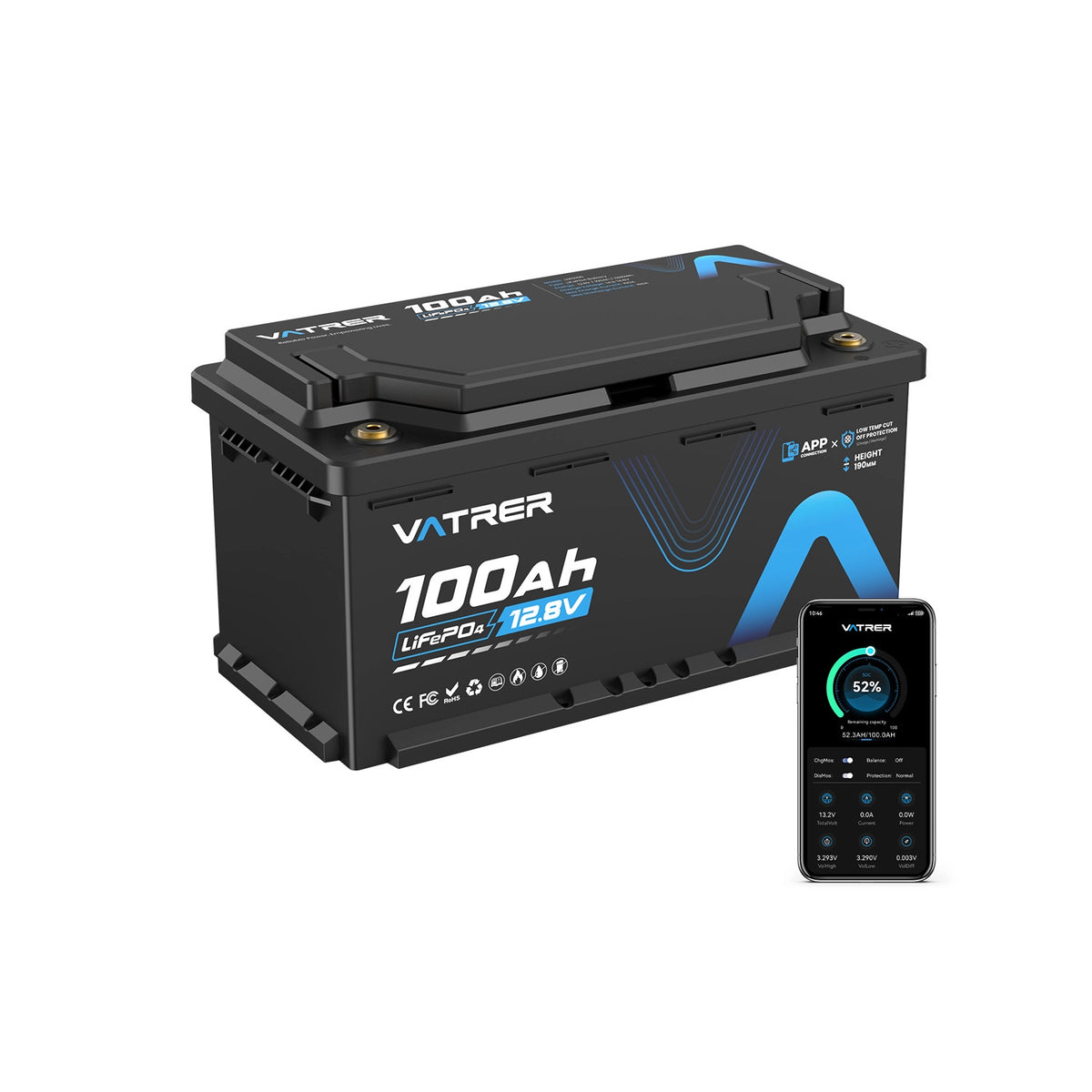
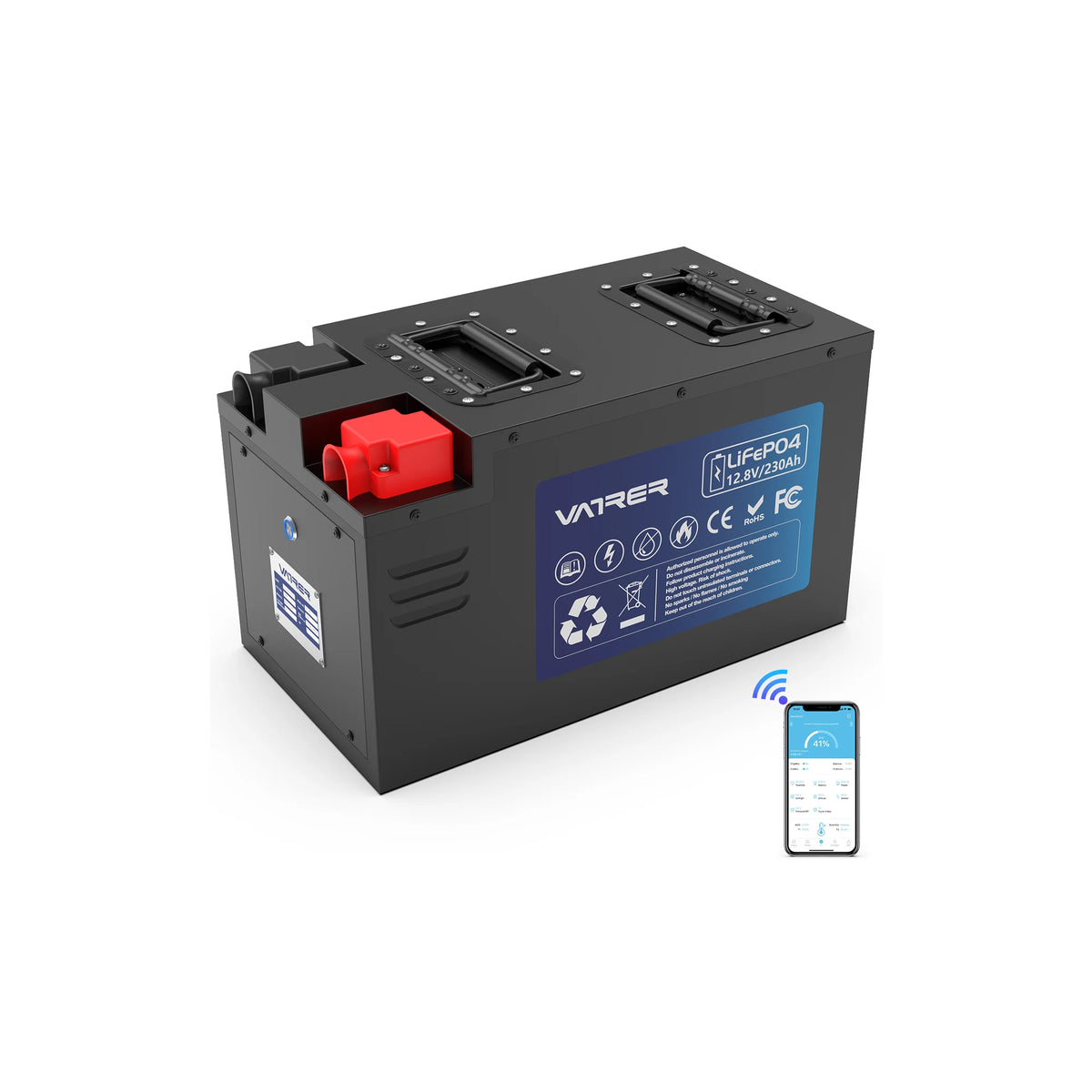
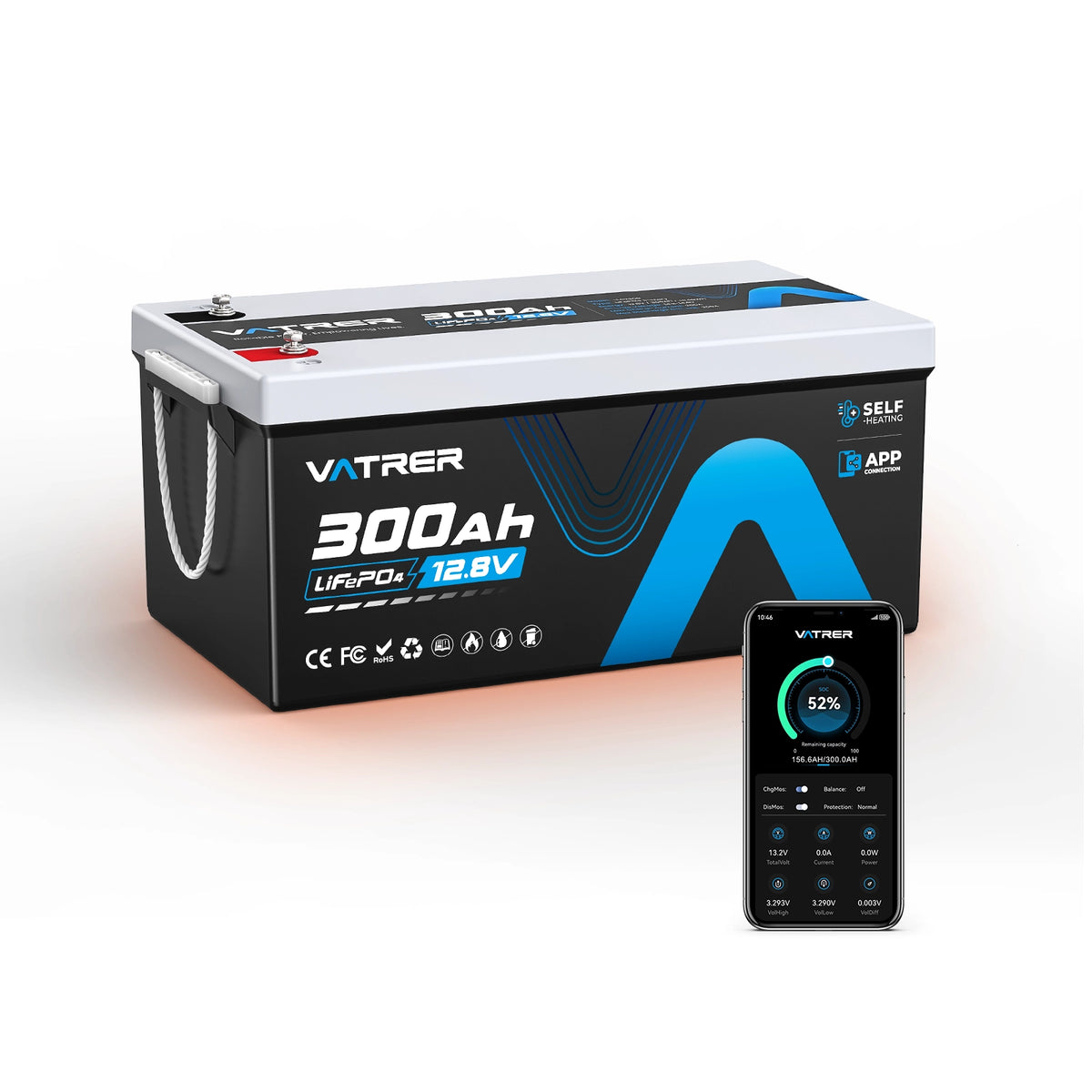
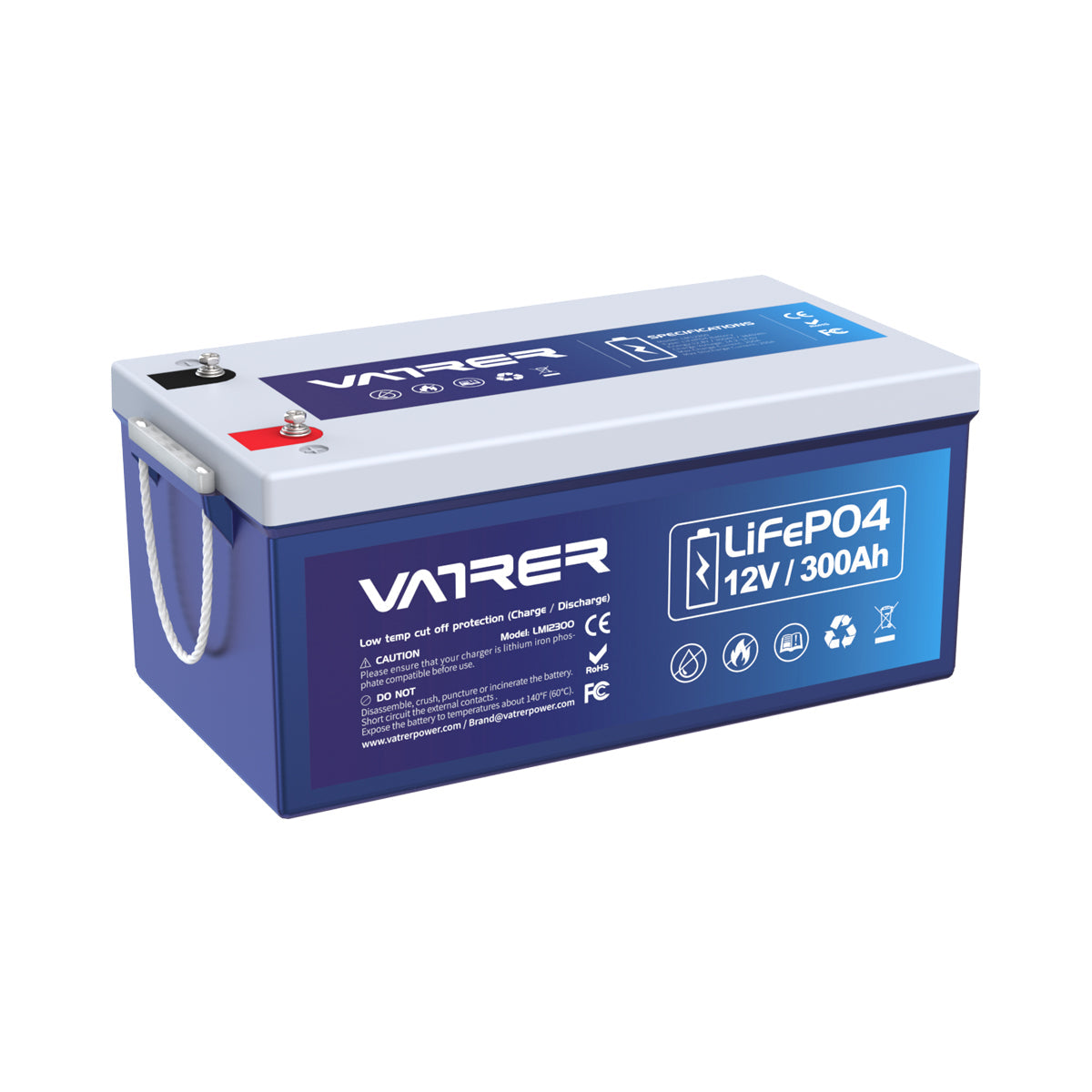
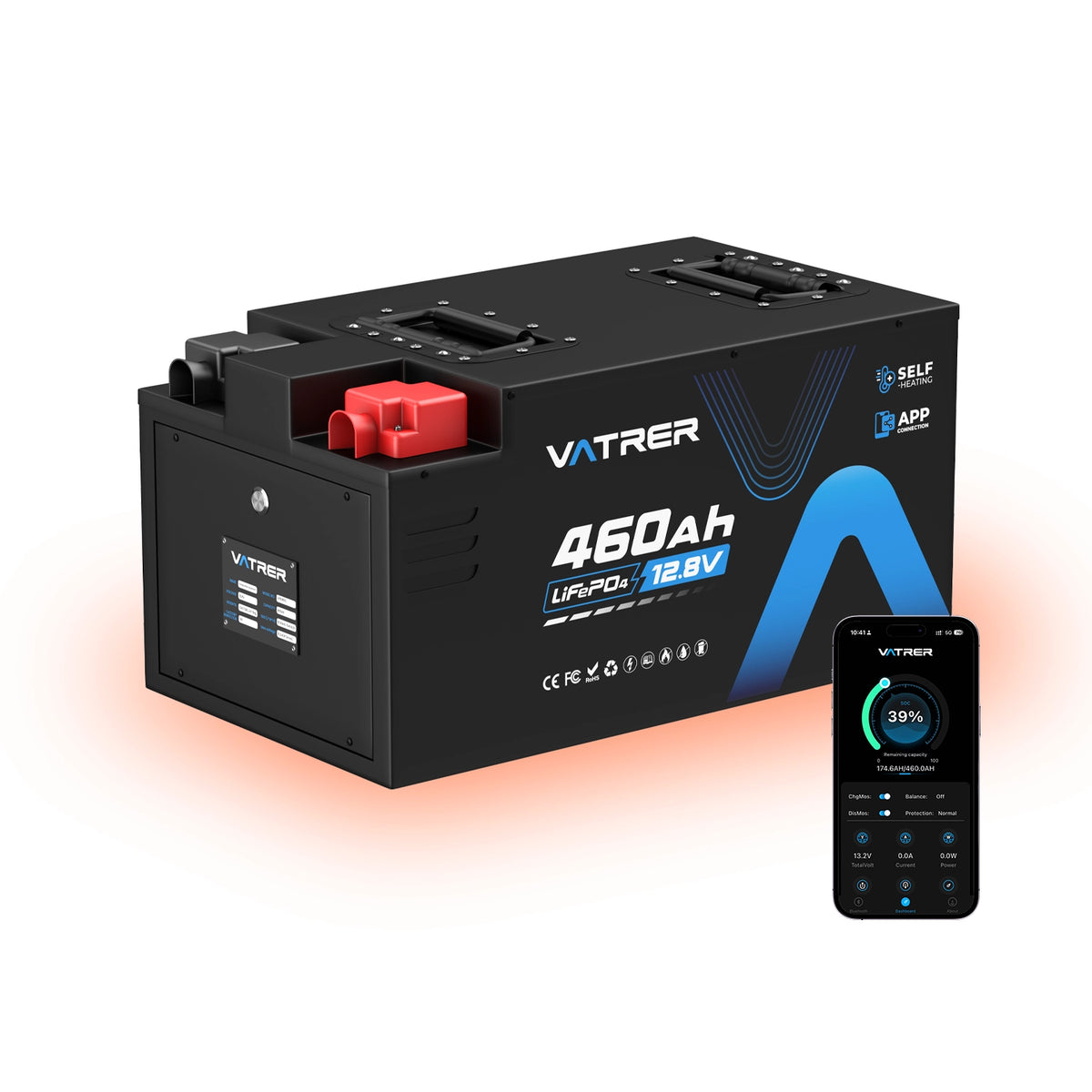

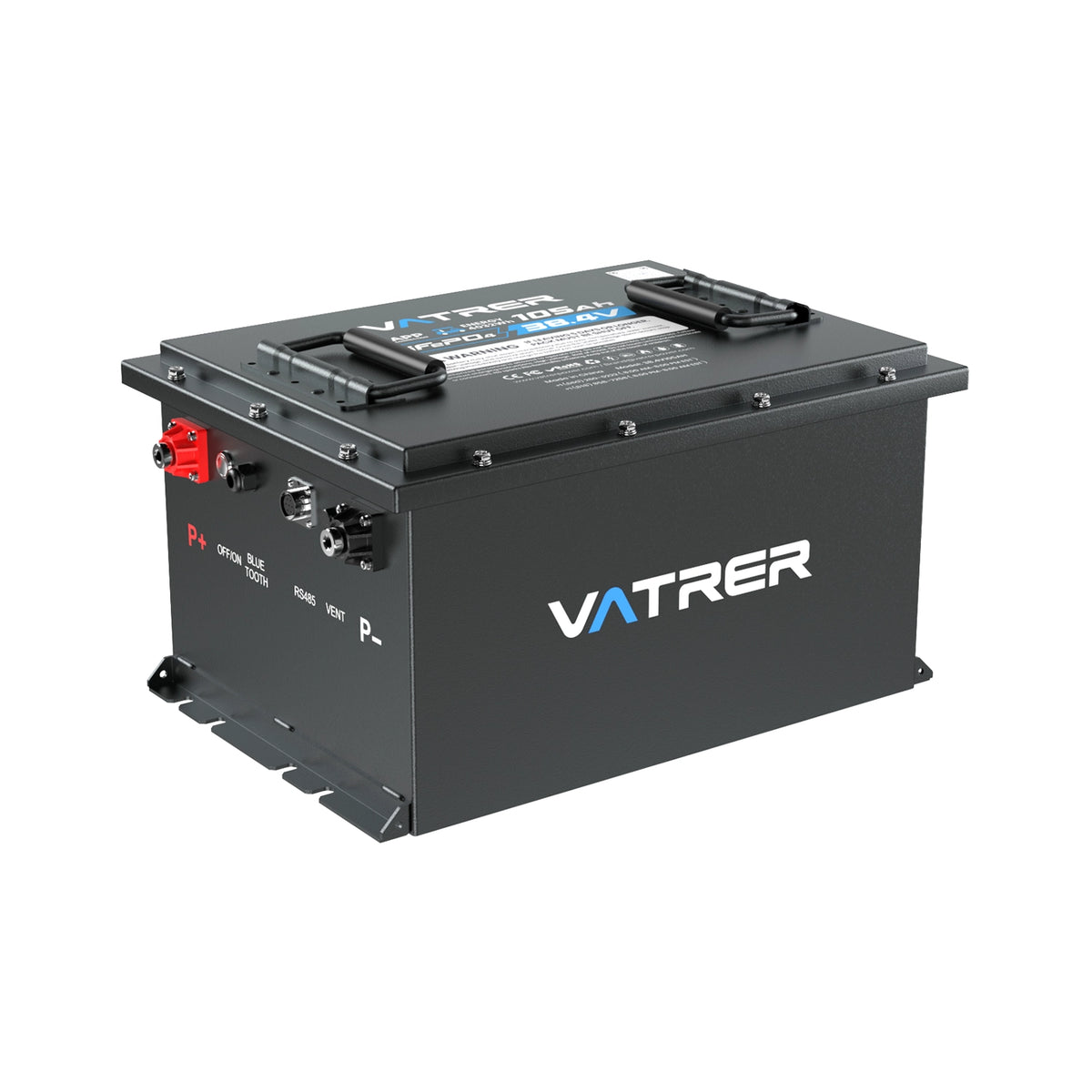

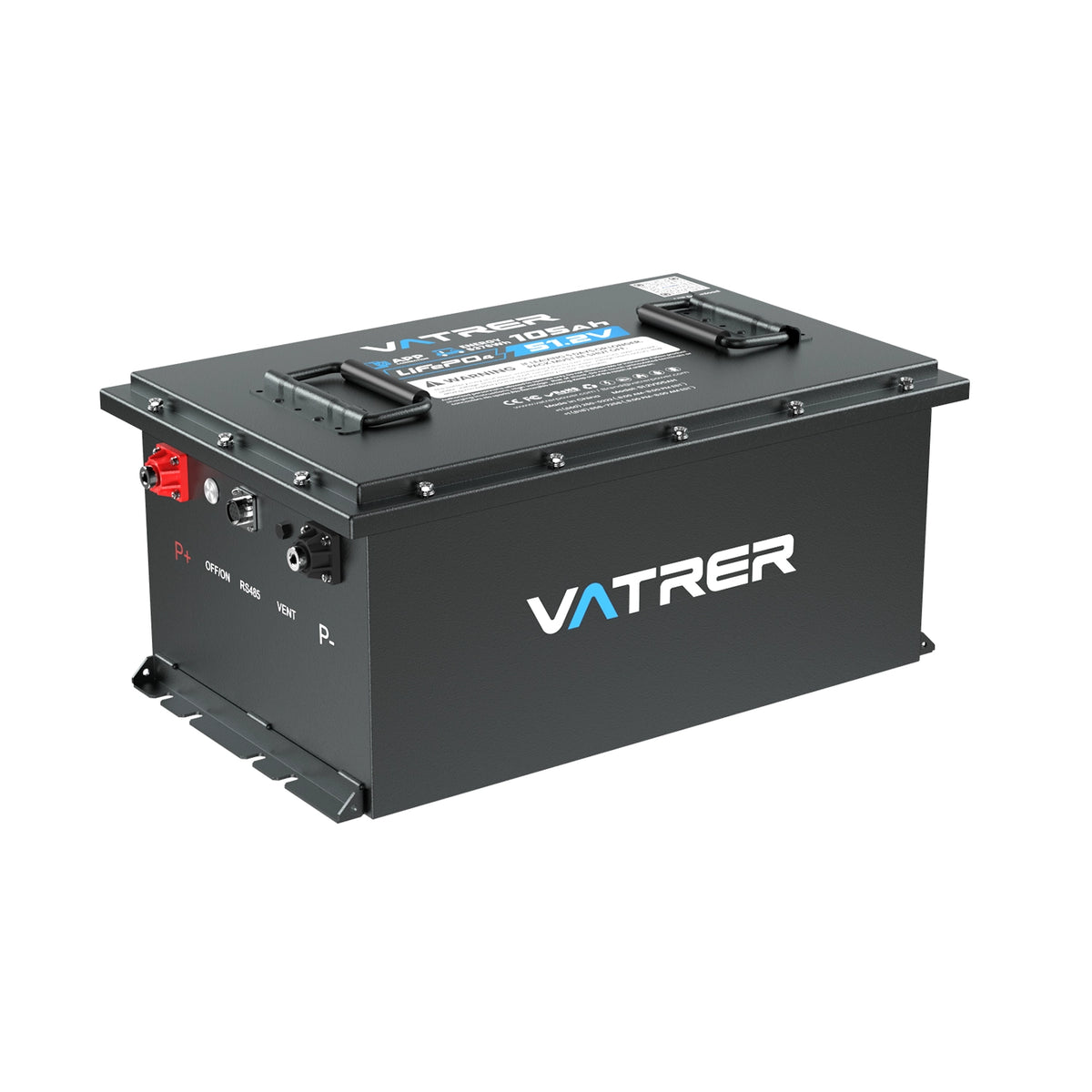


1 comment
Johnny
300ah battery is dead and won’t recharge? Help please
300ah battery is dead and won’t recharge? Help please